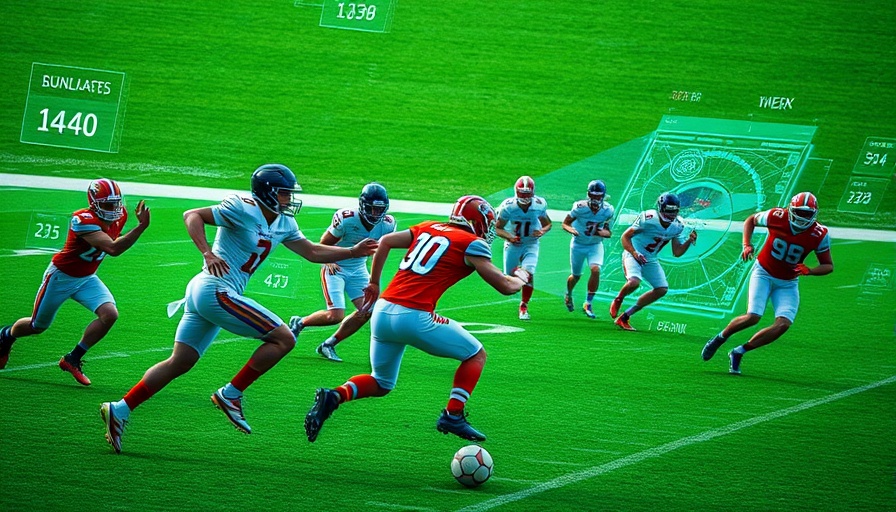
The Athletic: A Unique Approach to Sports Journalism
The Athletic has carved out a distinct niche in the crowded sports journalism landscape, particularly as major players like ESPN face declining subscriber numbers. The brand has focused on delivering in-depth analysis and original reporting without the distractions of ad-heavy content, enabling it to tap into a dedicated audience. As traditional outlets struggle with profitability, The Athletic's approach is drawing attention.
Exploring The Athletic's Subscriber Growth
With approximately 5 million subscribers as of November 2024, The Athletic has undeniable momentum. This number highlights a stark contrast with legacy publications like Sports Illustrated, which reports only 3 million subscribers. The Athletic's growth can be attributed to its focused subscription model that necessitates user commitment in exchange for quality content. Such a model presents a valuable lesson in how brands can cultivate loyalty and capitalize on niche audiences.
ESPN's Struggles: Understanding the Market Shift
ESPN, once the undisputed leader in sports coverage, is now experiencing a notable subscriber drop, and trends indicate that this decline may continue. Recent reports suggest that ESPN has lost approximately 700,000 subscribers by 2024, attributable to shifting consumer preferences toward streaming and digital-first platforms. The Athletic managed to fill an important void by delivering quality sports reporting without the intensive overhead associated with traditional broadcasting.
A Closer Look at Engagement Metrics
Despite its rapid subscriber growth, The Athletic has areas of improvement in terms of social media engagement. Interestingly, while ESPN’s mentions on social platforms have been diminishing, The Athletic’s social media footprint remains modest. Focusing on enhancing its digital presence could help The Athletic reach potential subscribers still engaged with legacy media, aligning with modern media consumption trends.
Financial Prospects and Future Predictions for The Athletic
The New York Times, which acquired The Athletic in 2022 for $550 million, expects the publication to become profitable by 2025. With recent revenue increases driven primarily by digital subscriptions, The Athletic exhibits signs of solid financial health despite ongoing losses. This prediction is significant for franchisors who can draw parallels to their financial strategy and growth targets.
Lessons for Franchisors: Brand Consistency and Operational Excellence
The impressive rise of The Athletic offers actionable insights for franchisors aiming to enhance operational efficiency and brand consistency. Building a niche audience through reliable, high-quality products is paramount. Franchisors may adapt this strategy by prioritizing localized content that resonates on both a community level and through digital channels, thus cultivating strong brand loyalty among franchisee operators and consumers alike.
Navigating the Future of Sports Media and Streaming
As the sports media landscape continues to evolve, the trend towards digital platforms is undeniable. Franchisors involved in media or advertising can leverage insights from The Athletic by investing in direct-to-consumer models and focusing on content distribution strategies that prioritize quality over quantity. This shift not only addresses consumer preferences but also opens new avenues for revenue streams.
Conclusion: The Importance of Adaptability in Business
The Athletic's ascent amidst significant industry challenges underscores the need for brands to adapt and evolve continuously. As franchisors observe these shifts, it becomes increasingly vital to develop operational strategies that embrace innovation while maintaining brand integrity. By learning from The Athletic's strategic decisions, franchisors can better position themselves to thrive in a competitive landscape where consumer expectations are constantly changing.
Interested in enhancing your brand’s operational efficiency? Discover strategies to optimize performance and maintain consistency across all franchise locations. Start your journey today!
 Add Row
Add Row  Add
Add 




Write A Comment